

Last week, I talked briefly about the amount of cognitive research that has gone into explaining why MOBA players become toxic. I also talked a little bit about solving the toxicity problem in League of Legends. In the last seven days, Riot has added a new user interface to the public game server, showing they have figured out, specifically, which images and menus cause players to act out and have removed/minimized them.

In the last year, toxicity in MOBAs (in League of Legends specifically) have gotten worse, not better. And bad behavior in games has bled into the real world, resulting in identity theft, swatting, and other forms of malicious criminal mischief.
Like I wrote last week, the internet grants users a sense of anonymity and, due to this, invulnerability. Though some applications (like Facebook, Instagram, and Google+) remove the anonymous internet mask, most of the net remains wild and confidential. The deep net thrives due to this lack of accountability, allowing the sale of illicit materials and services, including illegal drugs, credit card information, and hitmen. Though games like League of Legends aren’t deep net levels of dastardly, they do warrant abusive and (sometimes) illegal behaviors.
Earlier this year, a seventeen-year-old Canadian was charged with 23 counts of extortion, public mischief, and criminal harassment for stalking and intimidating an Arizona college student. Allegedly, he was punishing her for not following him on Twitter. Likewise, Daybreak Games’ CEO John Smedley resigned from Daybreak earlier this week due to a conflict with the hacker group Lizard Squad (the group responsible for last winter’s Playstation Network and Xbox Live crashes). Lizard Squad member Julius ‘zeekill’ Kivimaki allegedly terrorized Smedley’s family and caused one of his flights to ground.
Last week, I decided that Riot itself cannot fix the toxicity problem in League of Legends. I wrote that we, the gaming community, should be accountable for our actions. Through positive actions and correct use of the ‘report/honor’ system, I suggested that we are the ultimate solution to the toxicity problem. But Riot’s latest League of Legends patch has made a solid effort to attack toxicity internally. Through subtle changes in the user interface, the developer/publisher attempts to quell aggression and reduce stress with bigger open spaces and softer, less-aggressive colors. Here are 5 ways in which the new League of Legends UI discourages toxicity.
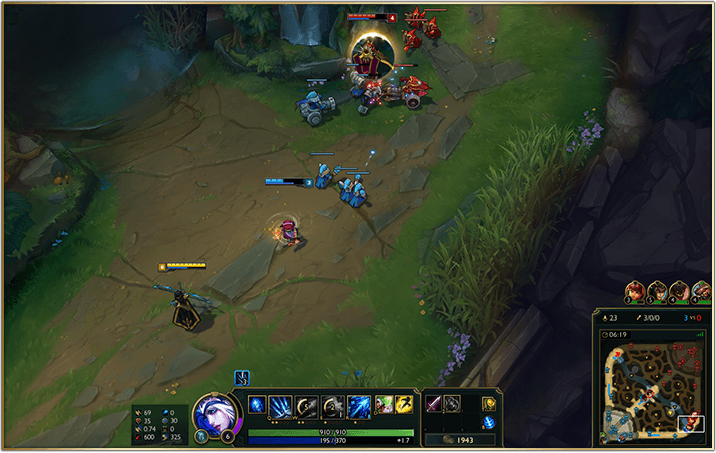
The new UI
The biggest noticeable change to the League of Legends’ user interface is the overhead banner. It’s gone–meaning several core statistics like the score, the player’s KDA, and CS are no longer located in the top right corner. Other players’ avatars are no longer located along the top of the screen, either. As a result, the player screen is now much more open.
Keeping game statistics at the top of the screen serves as a constant reminder of the match, and sometimes players don’t react well to it. In the past, bad games were broadcast in the top right in stark green (or blue), red, and white. When players performed poorly, they began to fixate on their statistics. The statistics then caused them to perform even worse, resulting in a downward spiral of poor play. Sometimes players having bad games would lash out at other players, or, worse, teammates would lash out at them. By removing statistics and player avatars from the top of the screen, Riot helps hemorrhage bad games. Keeping the UI at the bottom keeps players focused on the action, not their stats.

Open spaces have been psychologically proven to lower stress levels and elevate productivity levels. In the early 2000s, Windows shipped all copies of its Windows XP program with the image “Bliss” as its default background. The single most-viewed image in history (according to Wikipedia), “Bliss” is a photograph of Napa Valley–vibrant green fields against a cool blue sky. Microsoft chose the image due to its calming nature. The sprawling open landscape helps clear the mind and the blue sky increases focus.
In a lot of ways, Riot’s new UI takes inspiration from “Bliss.” By moving most of the interface to the bottom, League of Legends frees up the screen, allowing the game’s calming color palette to work effectively.
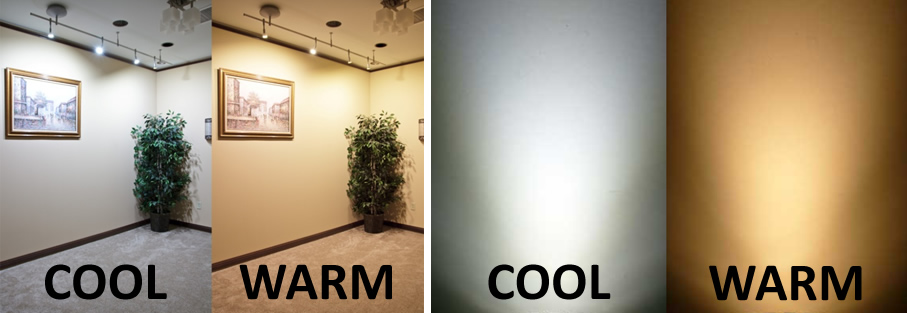
When I was in college finishing my theatre degree (it’s been incredibly useful in the years since, let me tell you), I learned a lot about lighting and its effects on the brain. Without going into too much detail, there are two primary color temperatures in most fixtures: cool colors and warm colors. Warm color temperatures are typically found in natural light sources (like campfires and candles). Without delving too much into the science of ‘why,’ warm colors are much easier on the eyes. They are more calming than other lights. Cool color temperatures are typically found in unnatural light sources (like fluorescent bulbs and computer and cell phone screens). Though they typically contain much longer waves, they sometimes cause restlessness.
League of Legends’ old white typeface highlighted the game’s cool color temperature, elevating subconscious levels of restlessness and, as a result, stress. Though players could (somewhat) reduce cool temperatures by turning on colorblind mode, some of the lingering colors remained.
After moving statistics to the bottom of the screen, Riot grayscaled them. As a result, they are now much less imposing.
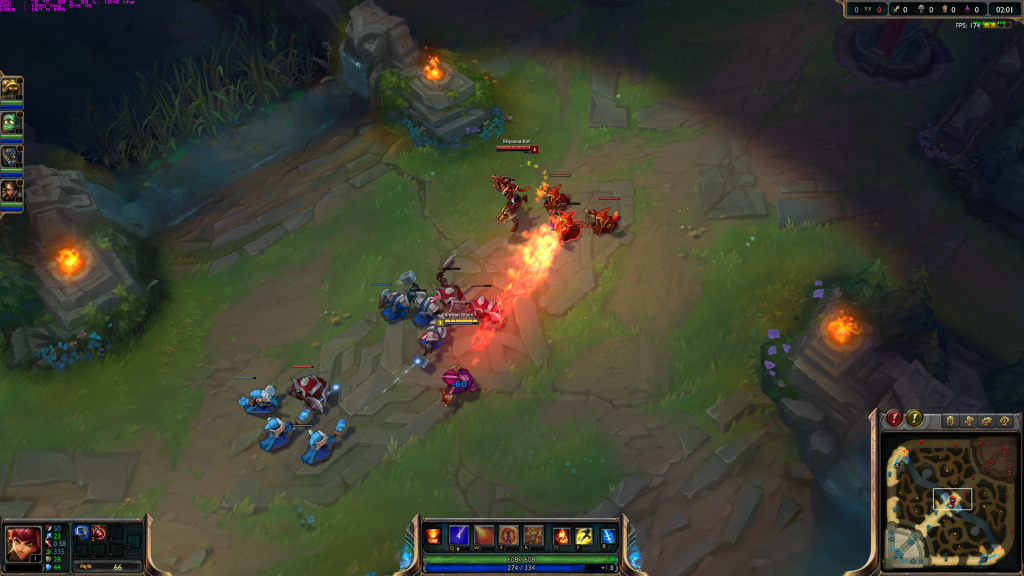
The old UI
All elements of the UI have been centralized. Co-player avatars, KDA, CS, and the score are now located next to the minimap. Personal avatar statistics like Attack Speed, Damage, and Ability Power have been added next to the central menu. The health bar, the mana bar, and abilities remain untouched for the most part, but the spaces between them have been minimized. As a result, players only need to look in one place for everything they need to know.
The tab menu has also been streamlined and centralized. Players can now modify the order of the listed Champions, further reducing stress. Core objectives like Dragons, Barons, and towers can still be found along the top, but they have been centralized and minimized, too.
The font is much smaller on the current UI. Most of the stats are out of the way (on the minimap) and smaller. Because features like the score, CS and KDA are much smaller, they become much less of a subconscious priority. Users tend to think less about them. As a result, they play more and fixate less.
Besides–the score in League of Legends is much like the score in “Whose Line is It, Anyway?” It doesn’t matter. What matters is the enemy Nexus. The team that destroys the enemy’s base wins, regardless of how they get there. Though the score is often telling of a game’s final outcome, it is not what ultimately determines the winner.
In a lot of ways, I agree with my closing statement last week. We, the gamers, are the only ones that can end toxicity in MOBAs. But games like League of Legends are trying their best to provide a positive environment for us. By removing stressors in the user interface, Riot has attempted to help minimize bad in-game attitudes. It is still too early to tell whether their new UI works. I hope it does.




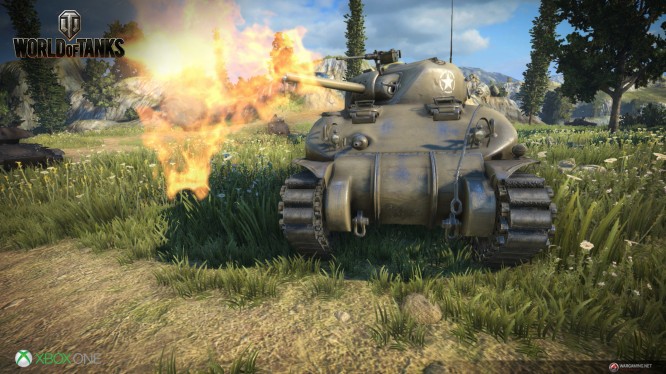 PAX East: Wargaming - Xbox, Card Game, and Warships .
PAX East: Wargaming - Xbox, Card Game, and Warships . Plants vs. Zombies 2: How to Succeed in Level 7 of Big Wave Beach
Plants vs. Zombies 2: How to Succeed in Level 7 of Big Wave Beach The WarZ: A Quest for Cash .
The WarZ: A Quest for Cash .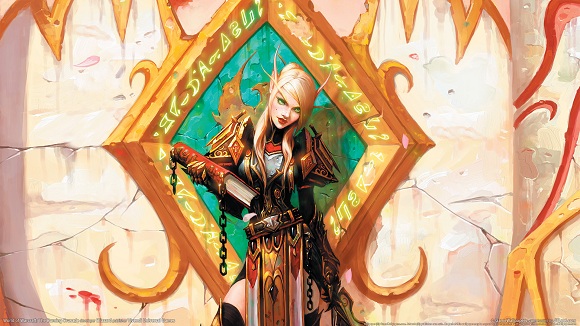 MMOGuides: How to Keep Your Accounts Safe .
MMOGuides: How to Keep Your Accounts Safe .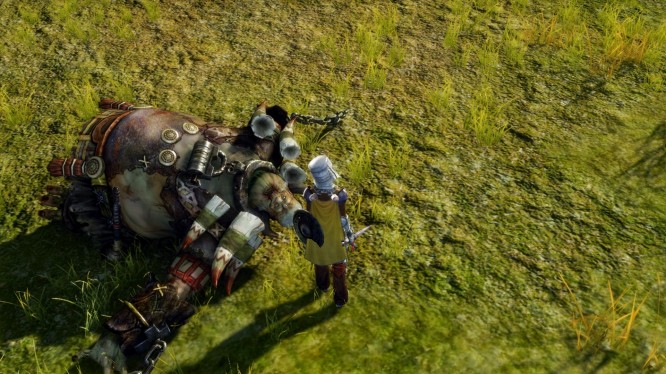 The ArcheAge Is Nigh .
The ArcheAge Is Nigh .